“The PM (Vajpayee) straightened up in his chair and said firmly, ‘Please don’t cross the LoC. No crossing the LoC'”
–Former IAF Chief Air Chief Marshal AY Tipnis
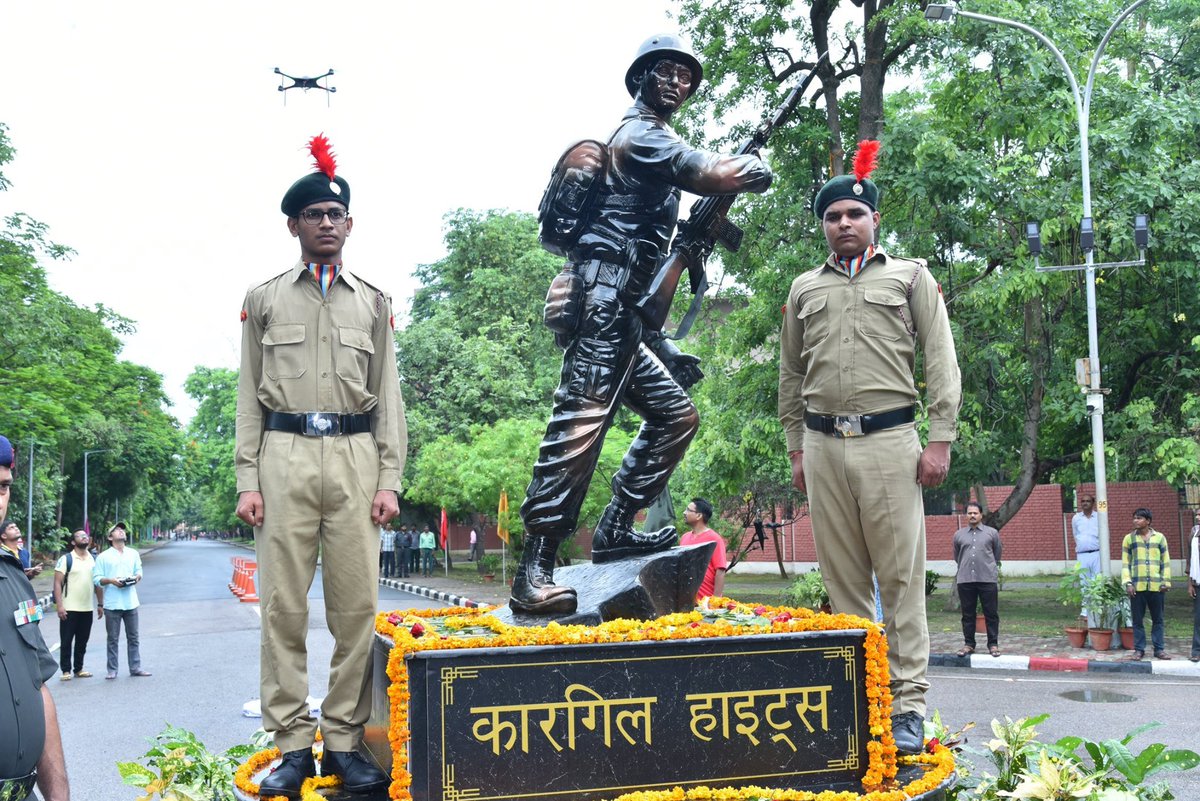
It is 21 years since the Kargil War and as the nation celebrates the day of its ending and India recapturing the glacial heights in Ladakh from Pakistan troops who came disguised as Mujahideen, one of the major lessons learnt from this brief conflict is that Rawalpindi GHQ, working with Pakistan-based terror groups, will stymie all attempts made by the political leaderships of both New Delhi and Islamabad to bridge the gap between the two countries.
It was General Pervez Musharraf who moved the Northern Light Infantry in the guise of jihadists across the Line of Control (LoC) in the Kargil sector before then prime minister Atal Bihari Vajpayee hugged his Pakistani counterpart Nawaz Sharif at Wagah in February 1999 as they signed the Lahore Declaration.
Clearly the Pakistan army either never appears to be learning from past experience or not yet got over the partition of Pakistan in 1971.
Former Pakistan Prime Minister Sharif fell victim twice to the Pakistan army’s machinations for 16 years later it was army chief General Raheel Sharif who scuttled a bold peace initiative when Prime Minister Narendra Modi landed at Lahore airport on December 25, 2015 while returning to Delhi from Kabul.
This time, it was the Pakistan army and ISI supported Jaish-e-Mohammed (JeM) which broke the developing détente by attacking the Pathankot airbase on January 2, 2016. The note recovered from the vehicle used by the terrorists clearly indicated that the attack was planned on the same day Modi landed in Lahore. Even the prior alert to Pakistan’s national security adviser by his Indian counterpart about an imminent jihadist threat to Pathankot was of no avail.
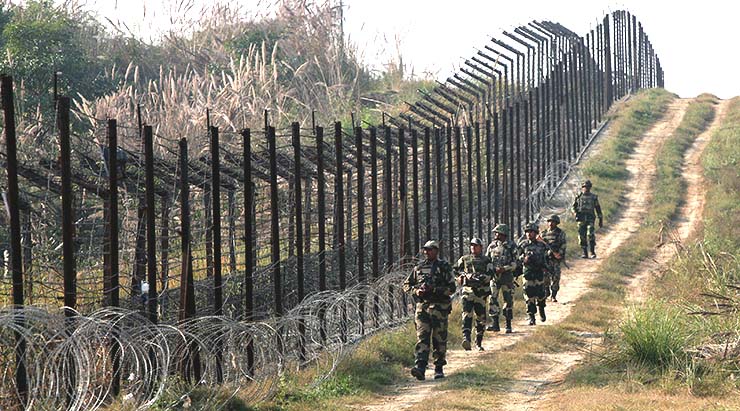
Another outcome of Kargil was the downside of fighting a battle within Indian Territory. While 527 Indian troopers laid down their lives in evicting the Pakistani intruders from Mushok to Chorbat La in the Batalik sector, the victory did not extract a heavy price from Islamabad, apart from losing more or an equivalent number of soldiers. Two decades later, PM Modi has changed the paradigm with the Balakot air strike, as future Indian battles may now be fought on enemy territory.
While the Indian Army did not act upon top intelligence received about a collection of Pakistani troopers at Hamzigund across Kargil, and underestimated the enemy in the initial stages, the third lesson of war was that the era of stand-off weapons had dawned on the sub-continent, and the time for close combat was over.
It also made it imperative that in future, Indian intelligence agencies must be empowered by the political leadership, unlike what had been done under the IK Gujral regime prior to the Kargil war. The defanging of India’s external intelligence agency, Research and Analysis Wing, under the Gujral Doctrine ensured that actionable intelligence was not available before the onset of war. However, RAW proved its mettle in June 1999 by intercepting a conversation between Musharraf in Beijing and his chief of staff General Mohammed Aziz to show the world that it was the Pakistan Army that had intruded in Kargil, not Kashmiri militants. The empowerment of RAW under PM Modi has ensured positive results in the form of surgical strikes following the Uri attack, and the Balakot air strikes.
It is also important to recall that a key role was played by the US in getting the Pakistanis to climb down from the Kargil heights after a July 4, 1999 meeting between then PM Nawaz Sharif and then President Bill Clinton at Blair House in Washington.
Even though military support came from France, Israel and Russia in Kargil, but American pressure ended yet another misadventure by Pakistan. The lessons do not appear to have been learnt by Pakistan as that country continues to encourage terrorist activities in the Union Territory of Jammu and Kashmir in the name of freedom struggle.
However, there were several positive outcomes of the Kargil conflict, in that it laid the foundation of a robust India-US relationship while further cementing ties with Israel, France and Russia. India under Modi has not forgotten its old friends while embracing new ones.
There were many, who remained unsung heroes of that conflict which made history by becoming the first to be shown on TV screens bringing the horrors of war to the homes of millions.
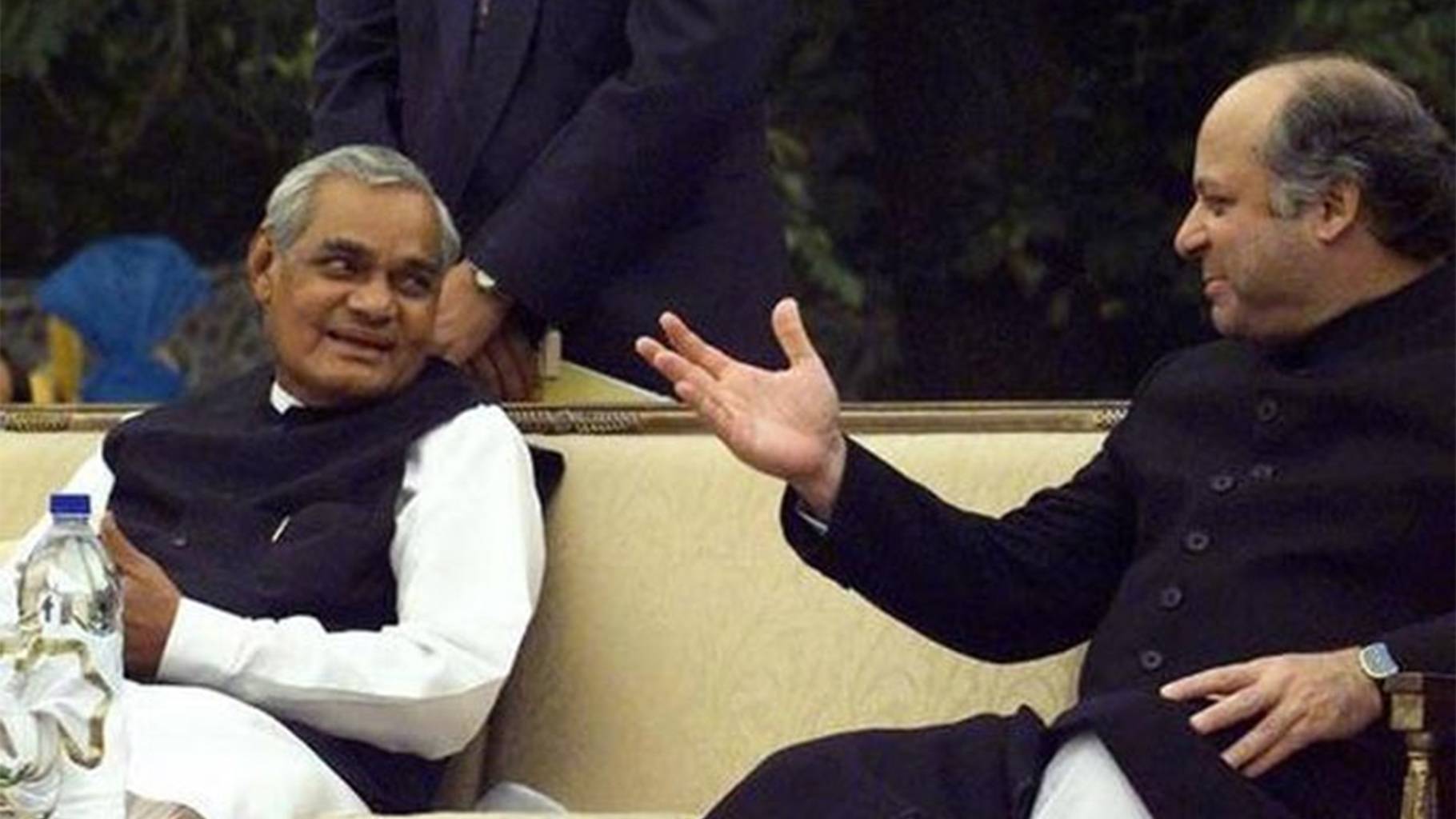
Even after more than two decades, the war remains fresh in the minds of many and one recalls the heroes of the battles which made the nation’s heart swell with pride.
The war again showed that even after suffering heavily in 1947, 1965 and 1971 when Pakistan split and the Eastern wing became independent as Bangladesh, appeared not to have taught any lessons to the military establishment in Islamabad.
It was indeed the most eventful year in India’s history since the economic reforms of 1991 — first, in May 1998, both India and Pakistan conducted successful nuclear tests, and then, in February 1999, Indian Prime Minister Atal Bihari Vajpayee made a historic bus journey to Pakistan.
In the months following his Pakistan trip, while the scale of cross-border violence and terrorism rose, backchannel diplomatic negotiations between Vajpayee and Pakistan’s Prime Minister Nawaz Sharif continued in full swing.
Through these backchannel talks, the two statesmen had managed to carry India and Pakistan in a very different direction to the one the two countries were heading in the year before.
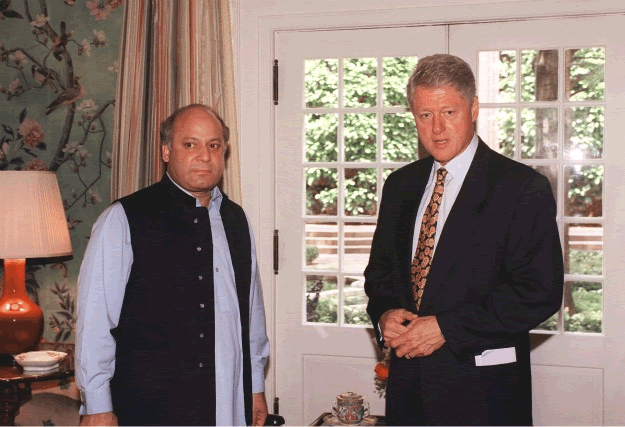
Unfortunately, the two leaders were unaware of what the future held for them. Not only did their peace efforts go in vain, but also the world was about to witness the first and only instance of a hot war between two nuclear powers.
The entire operation was being planned by none other the Pakistan army chief General Pervez Musharraf who later on overthrew Sharif and became President of that country.
“In the Pakistani military mind, the breakup of Pakistan in 1971 has stuck around for a long time … It took Kargil for them realise that 1971 (war result) and Bangladesh is a reality,” observed AS Dulat, former chief of India’s external intelligence agency Research and Analysis Wing (RAW).
Till date, it remains unclear whether Sharif knew about Musharraf’s Kargil plan. Even if he was aware, there is no clarity regarding the degree of information he had.
The failure to detect this foreign invasion is seen as one of the biggest intelligence failures in the history of Independent India.
“When these things happen … we have to acknowledge that there has been a goof up somewhere,” Dulat said. “How come we (Indian agencies) ignored this? My answer is, if the Pakistanis were to come through, it was through the area we least expected them to come through.”
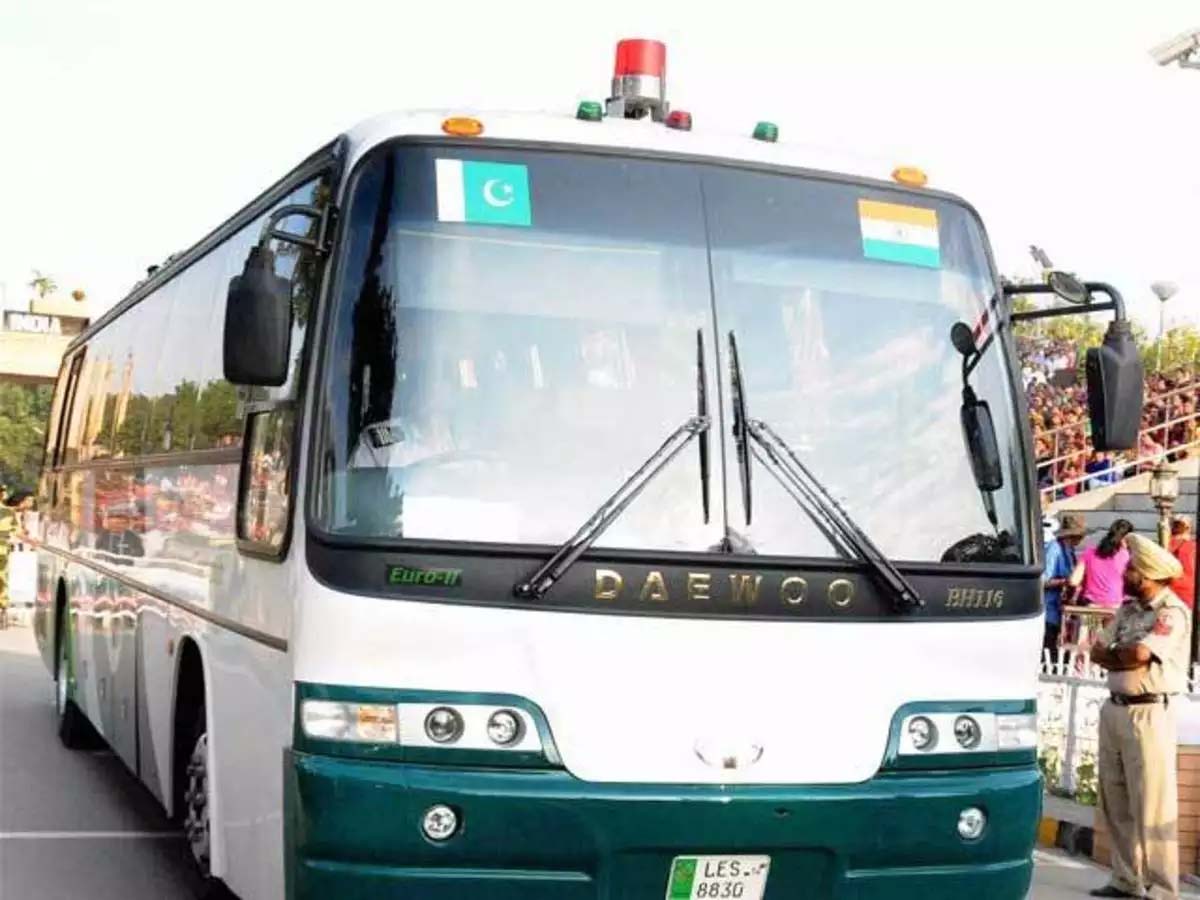
The IAF’s request to cross the LoC slightly during the Kargil conflict had been categorically rejected by the then government. “The PM (Vajpayee) straightened up in his chair and said firmly, ‘Please don’t cross the LoC. No crossing the LoC’,” recalled then IAF Chief Air Chief Marshal A Y Tipnis later.
This restraint shown by India in not escalating the conflict into a full-blown war, in fact, put tremendous international pressure led by the US on Pakistan to finally withdraw from the Kargil heights.
– The author is a senior journalist and media consultant. Views expressed are personal and do not necessarily reflect views of Raksha Anirveda









